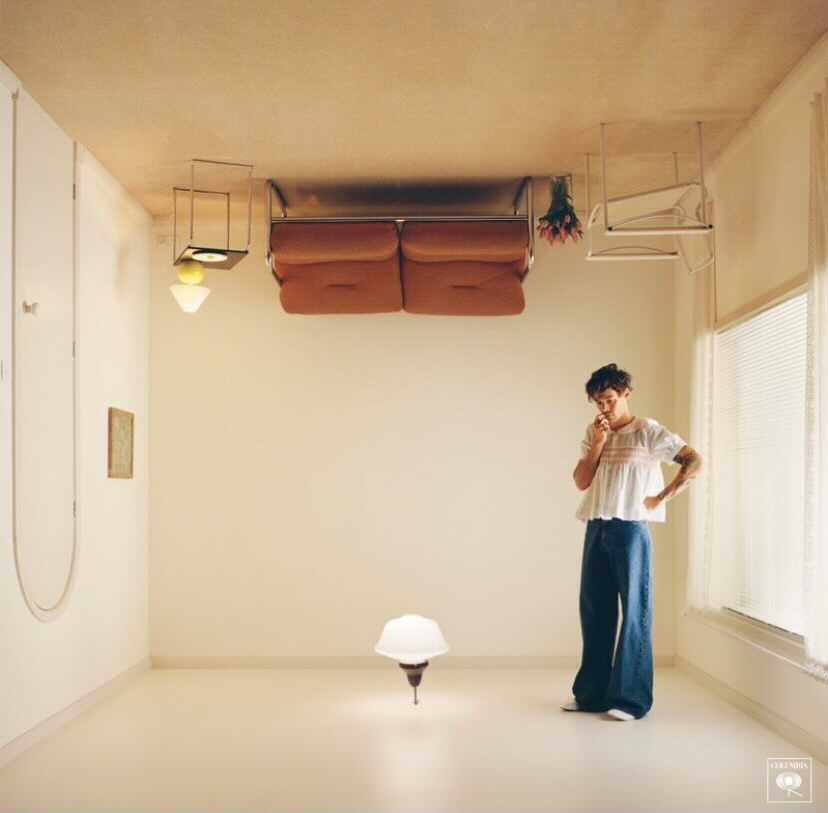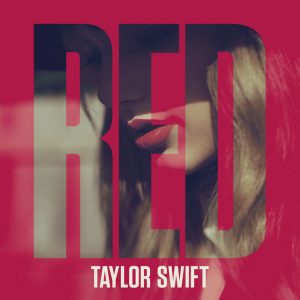Harry Styles cultivates eclectic and vulnerable body of music in new album
May 23, 2022
Harry Styles draws back the curtains and provides a more intimate glimpse of his life with his highly anticipated third album, Harry’s House, released May 20. The album provides an eclectic music experience, bridging various genres such as funk, folk, psychedelic pop, 1980’s dance music and more while conveying a more vulnerable side of Styles, resulting in an amazing summer soundtrack.
The 13-track album kicked off on an upbeat note with two funk-infused tracks: “Music For a Sushi Restaurant” and “Late Night Talking.” Bold horns, groovy bass lines, soulful riffs and colorful scatting make these numbers shine. These songs, as well as “Daylight,” “As it Was,” “Cinema,” “Satellite” and “Love of My Life” also utilize electronic sounds like synths and effects that warp and layer vocals and instruments to add a euphoric groove to the music.
While much of this album provided an upbeat listening experience, Styles showed vulnerability in numerous tracks. While the true message in the lead single “As it Was” can get masked behind his sugary vocals, high-tempo percussion and the recurring synth hook mirroring Aha’s “Take On Me,” the lyrics discuss his struggle to cope with the loss of a relationship. Lyrics during the perspective change like “Harry you’re no good alone / Why are you sitting at home on the floor / What kind of pills are you on” reveal a sense of raw self-awareness despite the track’s musical camouflage as a seemingly lighthearted bop.
Styles takes on a more folk-inspired sound in “Matilda” and “Boyfriends.” Because the rest of the album utilizes such elaborate production, creating huge walls of unique sounds and layers of complexity, the simplicity of the piano, guitar and stacked harmonies that move in sync with the melody make these songs incredibly moving.
“Matilda,” based on the Roald Dahl novel with the same title, revolves around a loved one who’s braved and coped with a lack of love from their family. Hard-hitting lines like “You don’t have to be sorry for leavin’ and growin’ up” make this song an impactful fan favorite.
The exploration of Styles’ vocal range marks another notable aspect of the album. Usually, the singer stays in a lower and heavier chest register, with his belt being a recognizable and impressive facet of his voice. However, throughout most of “Harry’s House,” Styles uses a higher register, making his bigger belt sections more impactful. He stays in a lighter falsetto and mix that is delicate over rich instrumentals and thick production. Additionally, there are several points throughout the album in which he takes his voice into the sky, gifting listeners with stunning high notes. In his junior album, it is clear that Styles has matured as a songwriter and singer.
In an interview with Zane Lowe, Styles said he made “Harry’s House” for himself, creating music with the intent of pleasing himself rather than fans. The deeply personal music and artistry humanized the massive celebrity and enigma that is Harry Styles, making this record all the more special.
“Harry’s House” offers a fantastic listen and gives Styles’ fans a deeper understanding of their favorite artist. It is made by Harry Styles for Harry Styles, fulfilling both the artist and his loyal audience. After two years without new music from Styles, this album did not disappoint.
4 1/2 sushi restaurants out of 5















